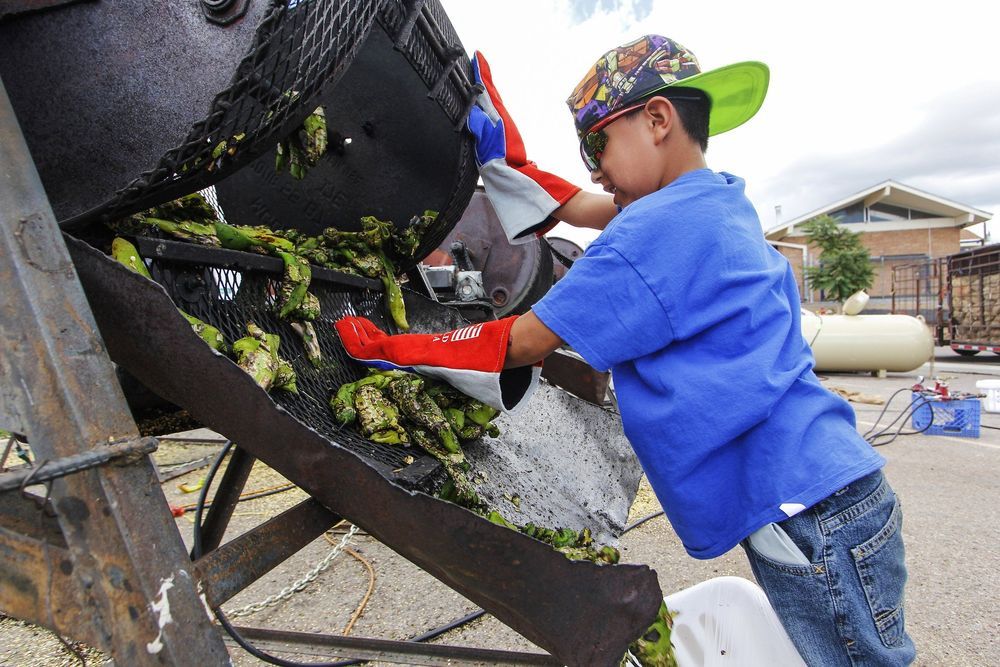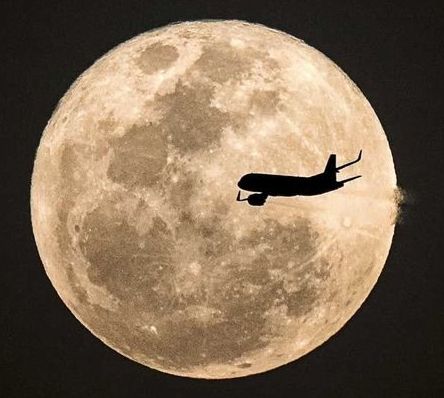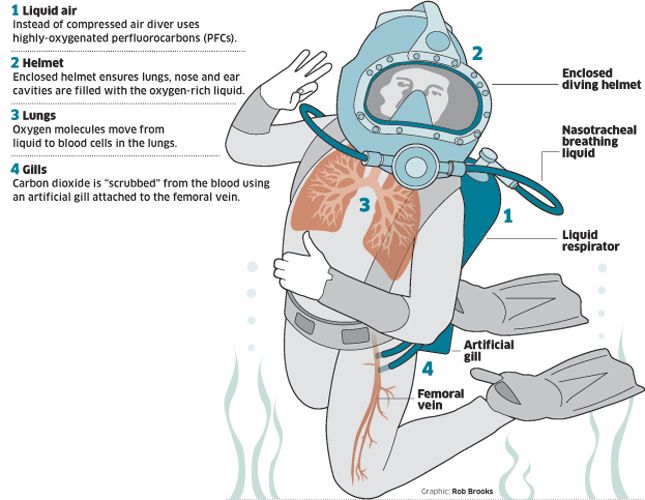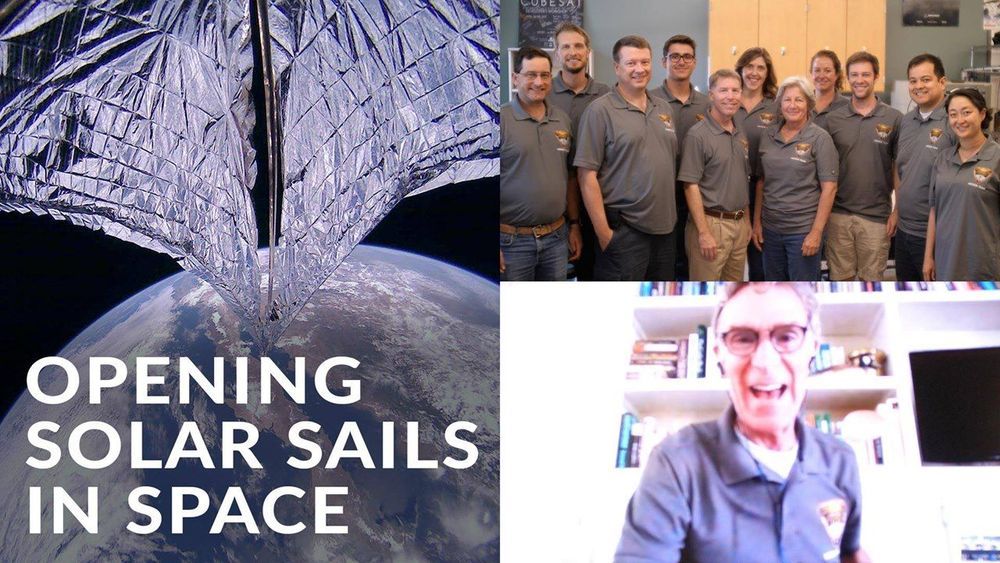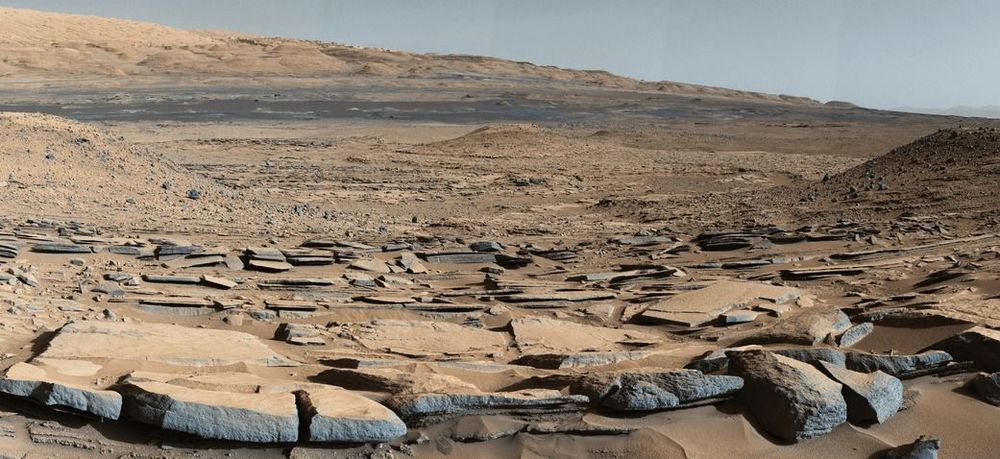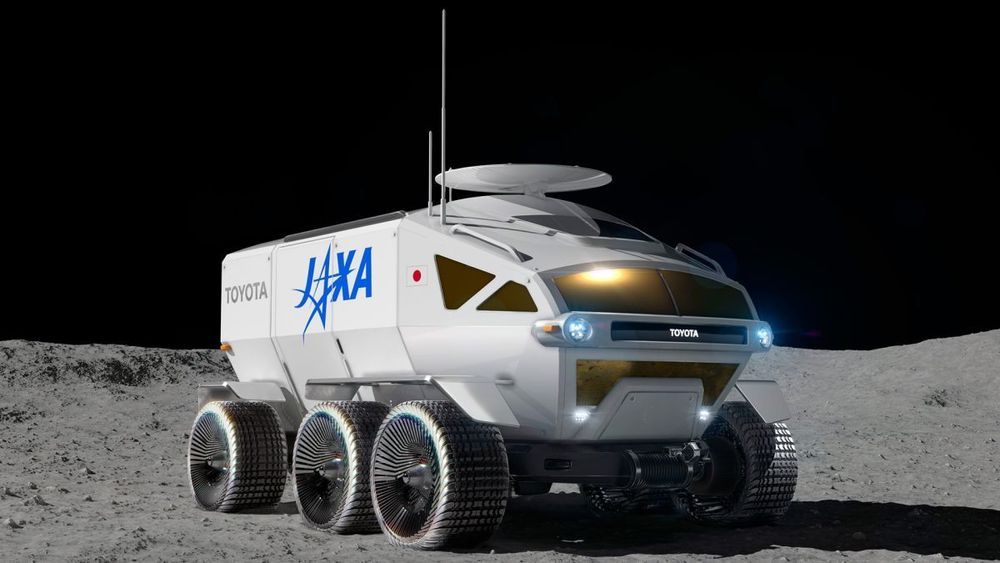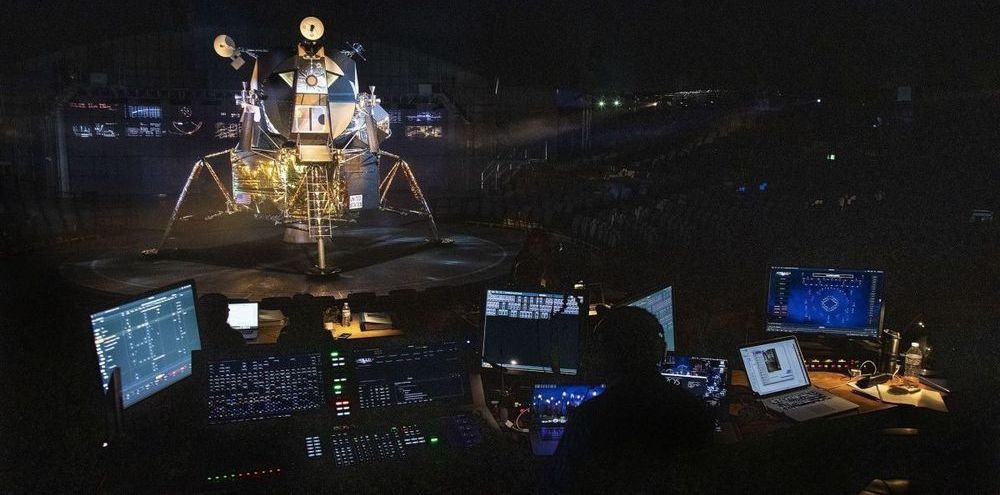Fifty years after the Apollo 11 lunar landing proved that America could meet President John F. Kennedy’s challenge and beat Russia in the space race, man is walking on the moon once again. This time inside a Lunar Dome at the Rose Bowl.
“Apollo 11 — The Immersive Live Show,” which is in previews and officially opens Wednesday, promises a multimedia spectacle under a gigantic $5-million dome designed to tell a big story in a big way: with live actors, documentary footage, archival audio, 360-degree video projection and props that will simulate a rocket launch and include a life-size re-creation of the lunar landing module. Yes, the one with funny foil hanging around it.
The project is the brainchild of British producer Nick Grace, veteran of international tours of the musical “Mamma Mia!” and Blue Man Group. (Grace’s production is also at the center of an L.A. Times Ideas Exchange program on July 20.)
